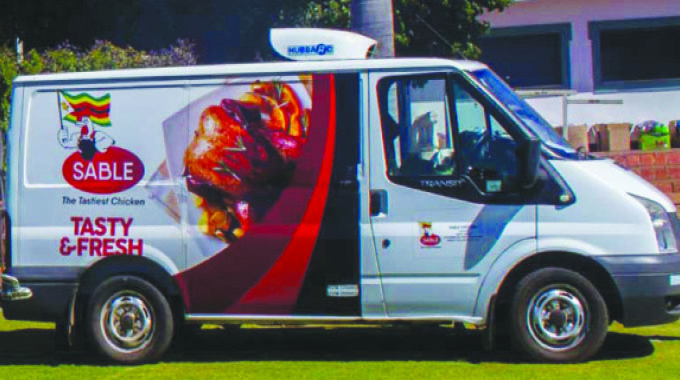Bumper harvest stimulates record poultry industry growth

The excellent rains experienced in the 2020-21 season have resulted in improved economic growth and demand for poultry products.
Good grain harvest coupled with on-farm feed mixing has resulted in increased demand for day-old broiler chicks by farmers.
Large-scale, estimated small-scale and total meat production in the second quarter of 2021 increased by 10, 13 and 12 percent, respectively, compared to the first quarter.
This implies the first half of 2021 has recorded an increased demand for broiler day old chicks of 66 percent compared to the same period last year which was negatively impacted by Covid-19 restrictions.
Total meat produced for the six months of the year was estimated at 67,298mt, equalling peak production attained in the first six months of 2018.
Also of note is that 45,528 MT or 72 percent of the broiler production in the first half of 2021 was accounted for by small to medium scale farmers.
However, the excellent performance in the broiler meat sector was not matched by performance in the table egg sector which recorded a drop of 4 percent in output to an average of 4,6 million dozen eggs per month in the second quarter of 2021 relative to the first quarter of 2021.
Poultry farmers’ profits are however under pressure from high chick prices.
Despite the improvement of broiler breeder stocks and local production of hatching eggs and day-old chicks, demand for chicks has remained very high with hatcheries frequently failing to meet farmer needs.
This has led to chick prices remaining very high.
Moderation in chick prices can only come from supplementary imports of hatching eggs to bridge the supply gap.
There is therefore a need for a further roll-over of the duty-free imports of hatching eggs to alleviate day old chick supply challenges and reduce prices going into the third and fourth quarters of 2021.
The current duty-free permission is due to expire end of September 2021.
Other regional developments have implications for future growth in the poultry sector. Following persistent Avian Influenza outbreaks in South Africa, Zambia has emerged as an important source of poultry breeder genetics for SADC region and local poultry breeding farms and hatcheries. However, Zambia has placed a ban on the exports of day-old chicks and hatching eggs.
This means that Zimbabwe will now need to source both breeding parent stock and supplementary hatching eggs from overseas at high costs.
Over the next five years, the domestic poultry breeding sector is expected to grow annually at 15-20 percent in order to achieve and sustain current levels of self sufficiency in day-old chick production.











Comments